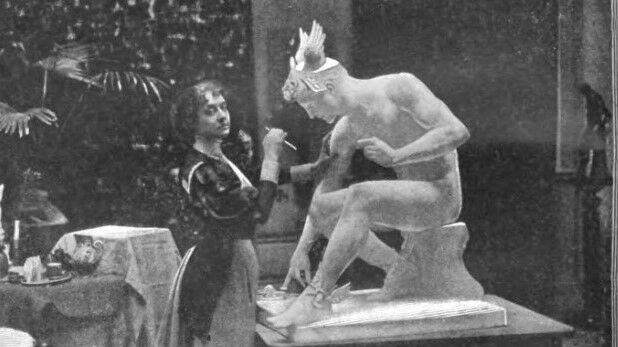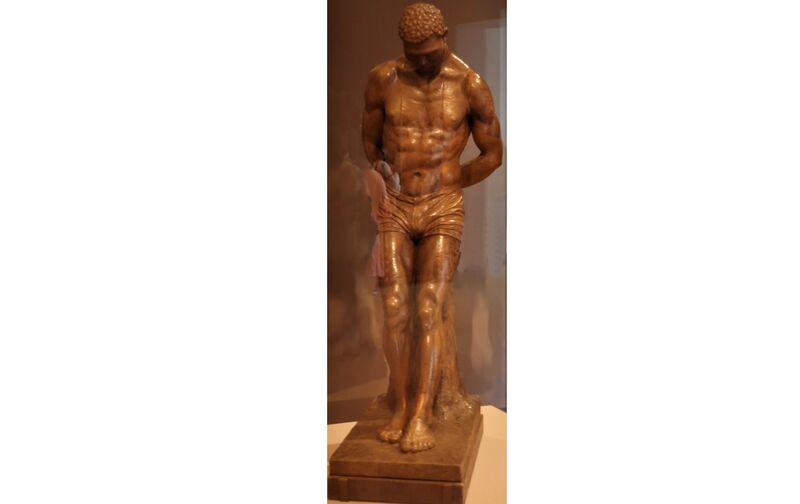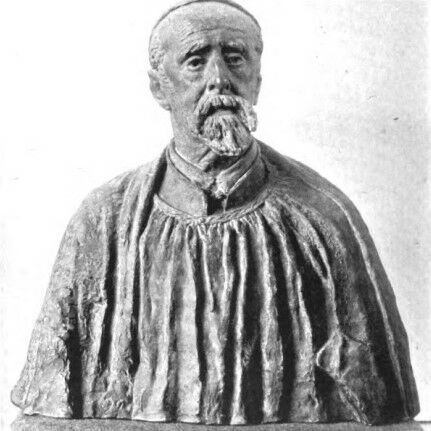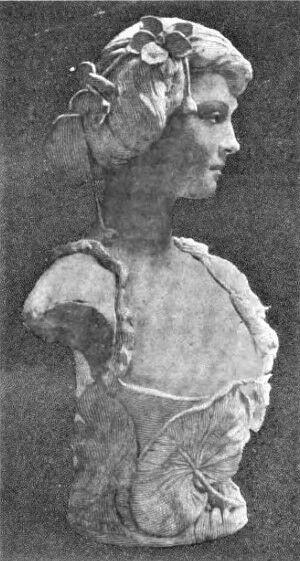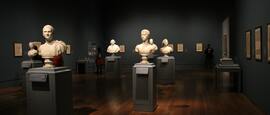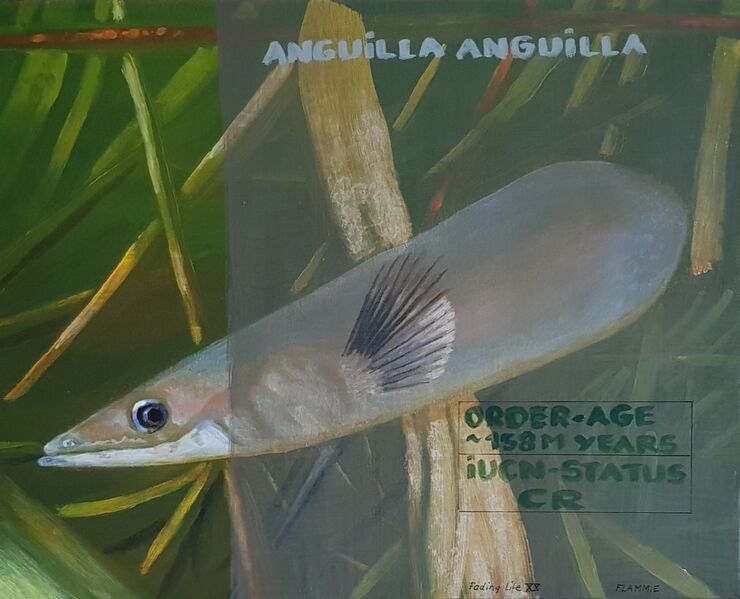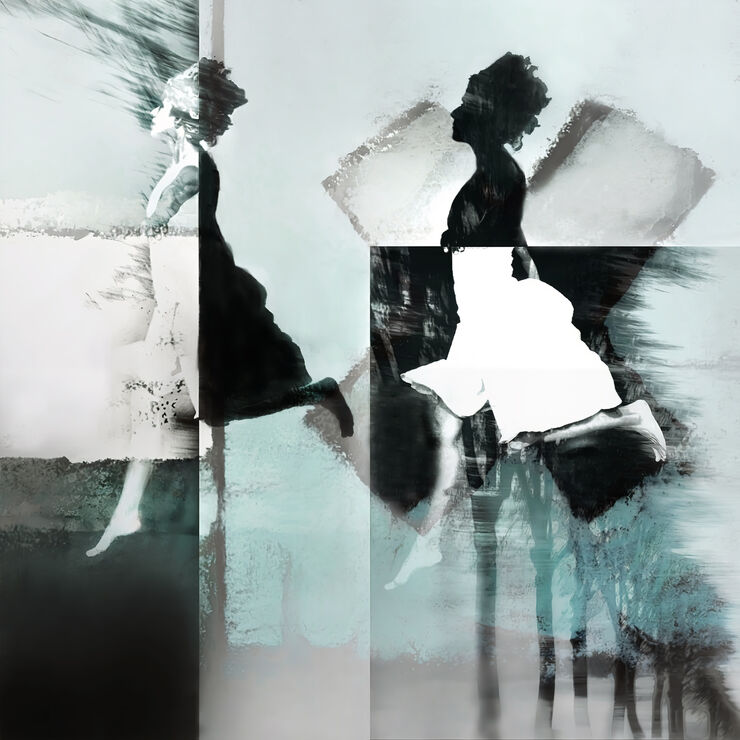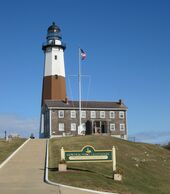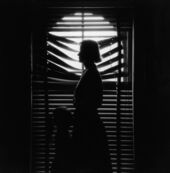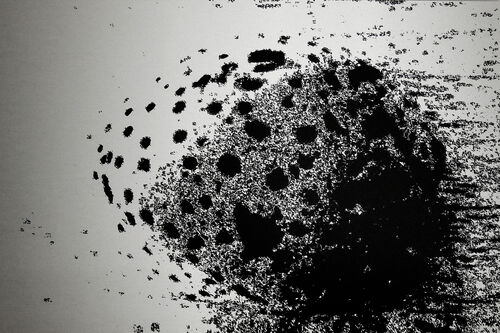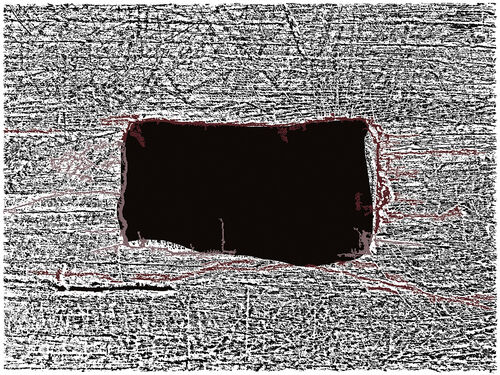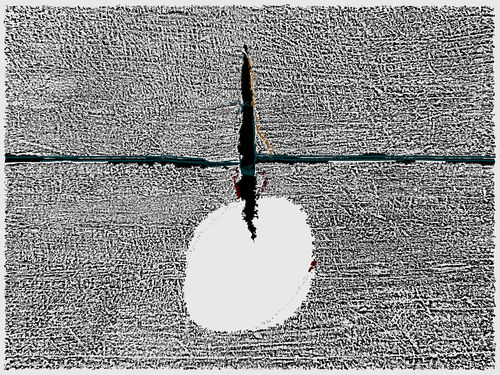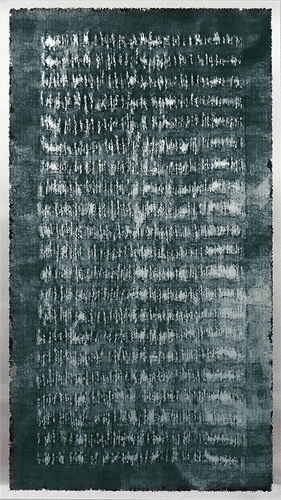»The work of Mrs. Guild shows unmistakable talent and such as fresh, free spirit of originality that one can almost accept the alleged dictum of Berlin that Mrs. Guild 'is the greatest genius in sculpture that America has ever had’«, a Boston newspaper judged Emma Cadwallader-Guild's work on the occasion of an exhibition in 1903. The sculptress had been living in Europe for more than 20 years at that time and had become a minor celebrity there by then. It was not until the beginning of the 20th century that her reputation rushed after her to her native country, the United States. Shortly before her 180th birthday, Art.Salon looks back at the career of the former leading figure, who has been almost forgotten for a long time.
More on the subject Features
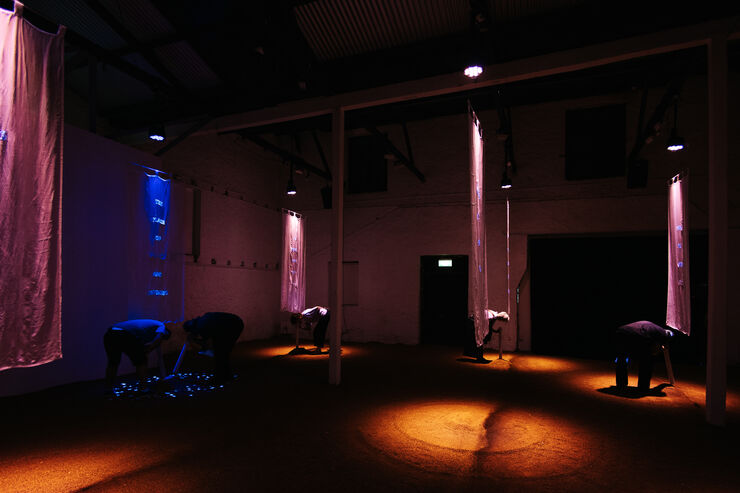
Carried by the land – in search of home
From November 13 to 30, the Fremantle Biennale took place in Australia near Perth, focusing on site-specific contemporary art. Among the exhibiting artists was Raki Nikahetiya with a sensory installation about the intertwining of identity, displacement, and home.
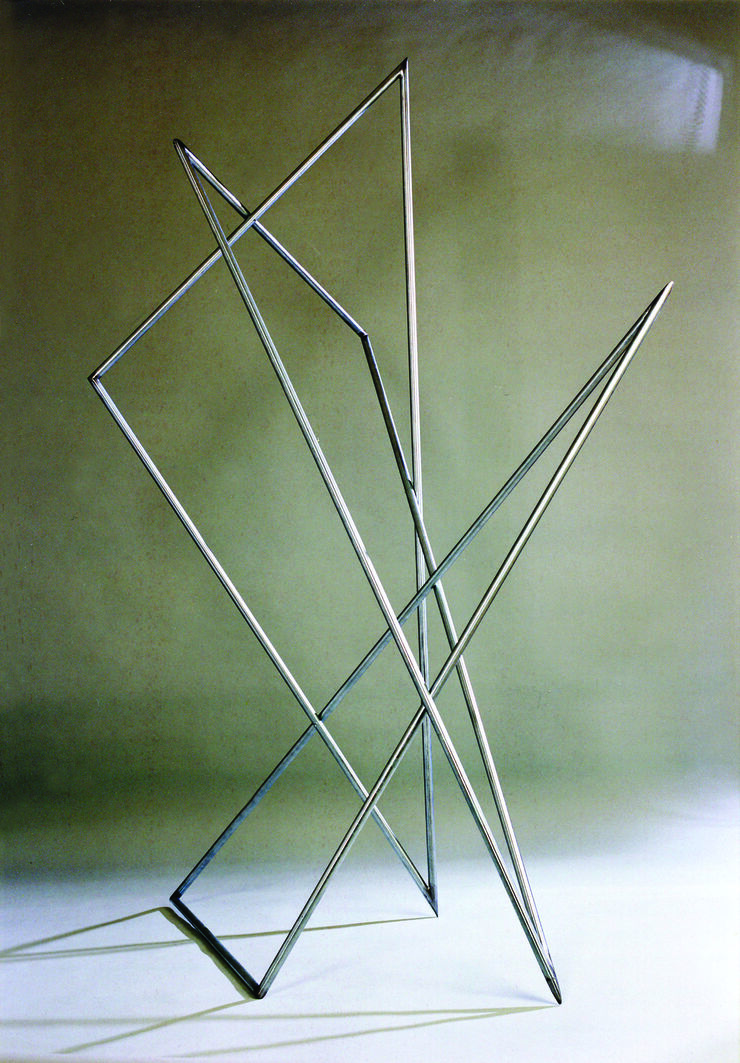
Elementary forms of life: Ria Groenhof's sculptural visual language
Dutch artist Ria Groenhof, who also uses the artist name Atelier 85, has been working as a freelance artist for 40 years. Whether monumental sculptures in public spaces or paintings on canvas, her work combines the clarity of geometry with existential questions. The Art.Salon presents the artist's multifaceted oeuvre.
Dive deeper into the art world
Lucien Smith's new career in the country
Montauk, a village in the USA with 4,000 inhabitants nicknamed »The End«. This is the home of the artist Lucien Smith, who ten years ago shook up the New York art scene as a »wunderkind«. But it is not yet the end for him. In rural surroundings, Smith finds new creativity: »For the first time, I feel like a real artist.«
The macabre photography pioneer
The High Museum of Art presents one of the most innovative photographers of the 20th century: Ralph Eugene Meatyard was self-taught and devoted himself to the absurd and surreal. The exhibition The Family Album of Ralph Eugene Meatyard, which opens in Atlanta on December 12, features 36 rare photographs.



